
When we’re young, we think pretty much all alcohol tastes disgusting. But for many of us, as we get older, the more booze we begin to enjoy. We end up thinking, how did we ever think this was horrible?! We acquire a taste for the good stuff and forever deal with the bad stuff the next morning (Am I right?).
However, there are some drinks that some of us can’t seem to get ourselves to like. If you’re reading this article, then for you, this drink is probably beer. Not liking beer is almost like being in a constant state of F.O.M.O. Everyone and their dog loves to chug down the stuff, but you just don’t get the appeal of this pint-sized, fizzing, watery drink that tastes like bread.
Trust us, though, getting to like beer is like working through a marriage you know is worth saving. It’s tricky at times, but you know you’ll come out the other side feeling glad you put in the effort.
The thing is, the world of beer is vast. It extends beyond your average larger and is only getting more complicated.
Craft beer is adding to the complexity of the beer world, and it has opened a market of beer for beer haters. There are intriguing craft drinks of every type, with a richer depth of taste. Many are often flavored and sometimes don’t taste like beer at all.
If you’re feeling the existential dread as you contemplate the pressing question, “What beer should I drink,” you need this guide. You don’t want to be the only one at the bar ordering a less than pint-sized drink and getting your life choices torn apart. Get reading this guide to find the best beer for beginners so that you can learn what’s in the stuff, the types of beer, and how to find one that you can finally enjoy. We’ve kept it relatively light and easy to digest, just like a session pale ale (whey).
The Four Main Ingredients
The first thing to know about beer for beginners is that any brew consists of just four main ingredients:
1. Hops
Seasoned beer-drinkers love talking about their hops. It’s possible half of them aren’t sure what they’re talking about, but you know it just sounds cool.
Hops are plant matter soaked in the drink to produce a specific aroma and flavor. Brewers add hopes at multiple stages during the brewing process.
Depending on what stage you add the hops, it will alter the final flavor of the beer. At the start, these are bittering hops. During the middle are the flavoring hops, and at the end are aroma hops. In the end, during the boiling stage of the process, you add hops called dry hops.
2. Yeast
This ingredient is vital for the fermentation of beer. The difference between larger and ales is the temperature at which the yeast ferments.
Lager yeast gets fermented at a cooler temperature while ales at a warmer temperature. Yeast provides a fruity flavor but can accentuate other characteristics or create a dry finish. Want to learn some fun facts about yeast? Check out our beer yeast article!
3. Barley
Barley works with yeast to turn carbohydrate sugars into the reason we all drink beer in the first place: alcohol. Barley must undergo a malting process before use in beer. It dictates the color of beer and provides a sweet malt sort of flavor.
4. Malt
Malt is a grain of barley that transforms starch into sugar. It’s a general term that refers to things associated with malted barley and maltose, that is the sugar. There are various malts, caramel, base, and crystal, for example, which all provide their unique flavor.
Other Ingredients You May Find
Oats
You may see this around a lot and find it confusing. Oats in beers aid in creating a creamy taste and silky consistency. You’ll often find them in often pale ales and stouts. Don’t worry—it tastes nothing like oatmeal.
Lactose
Because lactose does not ferment with brewers’ yeast, it makes a useful addition to a beer if brewers wish to sweeten the final product. Similar to oats, it also adds a creamier and fuller drink.
Key Beer Terminology
Beer terminology won’t just help you understand what we’re talking about in this article, but more importantly, it will get you in the know in the big bad world of beer.
I.B.Us
International Bitterness Units measure the hop bitterness in a beer, usually from 0-100. Zero being not bitter and, you guessed it, one-hundred being so bitter you could bite off your cheeks. The IBUs will help you get to know the best beer to drink since if you don’t like the bitter aftertaste, you can look for something with lower IBU ratings.
A.B.V
Alcohol by volume measures how strong an alcoholic drink is. It’s almost always a percentage. Your average beer is around 4-5%
Vegan/Vegetarian
You may want to know this for a little one-up on your friends, as this concept concerning beer is quite baffling. Some brewers will use a type of fish gelatin to remove certain unwanted compounds in the beer. Vegan/vegetarian beer means that this fining will not have been part of the brewing process.
Imperial
An imperial is a more substantial drink with a higher ABV percentage, more than 7.5% typically. You may find ales and stouts labeled ‘double’ or even ‘triple’ imperial. Make sure you’ve lined your stomach before consuming one of these bad boys.
Dry-Hopped
Now that you know a bit more about hops, you can better understand what dry-hopped means. This term usually refers to pale ales and IPA’s (we’ll explain this further in the article). In the secondary stages, the brewer adds more hops in addition to the hops that they have already boiled. It creates a more intense fresh hop aroma.
Session Ale
This kind of beer, usually IPA’s, are generally lower in percentage than lagers and cask ales, with a low ABV between 3-4%. It’s a ‘session’ beverage because you can usually get a load down you during a drinking session without falling face-first into the side-walk. Session ales are an ideal beer for beginners (no one wants a terrible first time).
Low/High Gravity
Unfortunately, this doesn’t refer to your ability to float into space or not after a beer, not physically anyway. A beer that is low in percentage may be ‘low-gravity,’ and similarly, if a beer is high in percentage, you may hear it called ‘high-gravity.’ An imperial beer is a good example of a high-gravity drink.
Collab.
This term isn’t so much to do with the actual beer itself but a collaboration between companies that help produce the beer. For hardcore beer nerds, it can be exciting when two breweries come together to make one awesome beer baby.
Now that you’ve had a brief lesson on the main beer terminology, you are a step closer to becoming a full-time hipster. It’s time to have a closer look at the most common types of beer to help you become more knowledgeable on answering the question: What beer should I drink?
Types of Beer: A Non-Extensive List
If you thought all beer was the same, it’s time for you to think again. It is also possible that because you thought all beer was the same, you haven’t yet had a chance to embark on a journey of beverage discovery.
Before you go to the pub and ask the bartender, “What beer should I drink?”, know the main types of beer. That way, you won’t feel stumped when the bartender asks you whether you like a lager or an IPA.
Lagers
A lager is generally your gateway-level beer. It’s the soft(ish) beer that gets you onto the more hardcore stuff. Here are a few profile facts on the average larger
- Flavor: Crisp, light, yeasty
- A.B.V: usually between 4-5%
- The Family: Pilsners, amber lagers, blonde beers, and Dunkel (dark) lager
- Who will like it: A lager appeals to those who prefer more savory drinks and nothing too heavy or rich in flavor.
Many of the beers you have heard of, such as Coors, Budweiser, PBR, and Stella Artois, are lagers. It’s the kind of beer you will come across at events like Oktoberfest due to their history and popularity in Germany.
A lager is what they call in the biz a bottom-fermented beer. It means that the yeast gathers at the bottom of the fermentation tank during fermentation.
Pilsners are full-bodied and golden lagers. They are slightly spicy, incredibly crisp, and lower on the ABV range. Blonde lagers are more aromatic, and amber lagers are rich in malt flavor and give off a hint of baked bread.
Pale Ales and India Pale Ales (IPA)
Pale ales are often a deep yellow to orange. They’re the middle guy between light and crisp lagers and your dark and rich stouts. Generally, pale ales are as follows:
- Flavor: Rich in hop flavor as they tend to be quite aromatic and floral. Citrus tones, fruity and often notably flavorsome. IPAs can be more bitter and richer than pale ales.
- ABV: This can be anywhere between 3- 8%.
- The Family: American pale ales, English pale ales, Belgian pale ales
- Who will like it: If you enjoy more fruity drinks, or if you’ve tried lager and think it’s too watery, then these will be for you.
The original IPA came from England, back when they wanted to send beer to the British Empire members in the east. They found that the pale ale could stand long journeys to India — where it was too hot to brew. The drink would lighten in color on its journey while neutralizing in flavor, making it an ideal drink in the hot climate of its destination, India.
Fun facts aside, these types of beer are sweeter than lagers, and they often have a higher ABV percentage. These kinds of ales frequently pair well with funky flavors, especially in the craft world, as they blend well with various things. You may find mango, vanilla, blueberry, and grapefruit, amongst other unusual combinations.
Alongside their general popularity, the flavor explosion makes them one of the best beers to drink for both newbies and longer-term drinkers.
Wheat Beer
Wheat beers have a rather distinctive and acquired taste. You can’t generalize these, but people are often unpleasantly surprised when they drink them. But we say give wheat beers a chance. A bit about your mainstream wheat beer:
- Flavor: The flavor is complex and almost hard to explain; yes, they taste a bit wheaty (would you believe). They contain hints of citrus fruits. Some people liken them to the taste of a banana, although that’s not necessarily true.
- ABV: 3-6%
- The Family: Berliner Weisse, witbier, Hefeweizen
- Who will like it: Those searching for a summery drink that is light but still has a depth of flavor.
Wheat beers originate from Bavaria, hence the family names you probably found hard to pronounce. They’re similar to pale ales with a full-bodied taste and cloudy yellow appearance.
One well-known wheat beer is Blue Moon, which often gets served with a slice of orange. It’s a love it or hate it kind of drink, but you won’t know until you try! Be sure to also check out our list of top 10 wheat beers!
Stouts and Porters
All we need to say here is Guinness. This Irish favorite is the most well-known stout on the market. While it is delicious, there are many others to try out that are more complex in taste.
- Flavor: Often described as tasting like coffee and chocolate, you’ll get notes of roasted/burnt tones with a slightly bitter taste.
- ABV: These are often higher in percentage between 4-8+ %. With imperial stouts, you can even find stouts up to 15% (not recommended for beginner beer drinkers).
- The Family: Dry Irish, barrel-aged, imperial. American porter, American imperial porter, Baltic porter
- Who will like it: This is the best beer to drink for those who have tried Guinness and thought, “yeah, that’s alright, that is.”
Stout originates from the porter, so they are both similar yet different. Their differences are a bit blurry. The primary way beer buffs differentiate them is the kind of malt used for each. Stouts are often from unmalted roasted barley, whereas porters are malted barley.
The roasted barley is what gives stout that overriding coffee taste. Stouts and porters often get paired with cherry flavors, or even peanut butter, which may be a good way of getting yourself to like them, providing you like PB.
Stouts and porters are heavy, so better suited for a night sitting by the fire and contemplating life than a Saturday night bar crawl.
Saison
A saison, you say, son? This beer derives from Belgian’s rich brewing culture. You may not necessarily see it on the shelves or in the bar that often in America, but it’s earned itself a name in the craft world.
- Flavor: Slightly tangy, spicy, dry, and yeasty
- ABV: They are typically at lower percentages around 3-4%, but there is a range of saisons out there that are much higher, around 6-8%.
- The Family: The saison derived from the pale ale, and it also has similar characteristics to the pilsner.
- Who will like it: Those who like dry drinks and the one friend who always wants what isn’t on the menu will appreciate a saison.
The saison originated as a farmhouse ale, brewed for the seasonal French-speaking workers on Belgian farms, ‘les saisonniers.’ Brewers created the drink to provide a refreshing low ABV beer for the summer.
This beer has always been very basic in its ingredients and was once heading for extinction. However, this by no means implies that the saison does not make for a lovely post-work pick-me-up. It also means this might be one of the best beers for beginners due to its subtle nature.
You tend to find breweries these days often tamper with the classic saison, either adding flavorings, dry-hopping and generally stepping it up a notch.
Sour Beers
To the untrained beer-drinker, this might be a concept that is a bit…revolting. However, sour beers are arguably a popular beer for beer haters because, well, they don’t really taste like beer. Typically, the profile of a sour is as follows:
- Flavor: Tart and complex (aren’t we all), sweet, and light.
- ABV: There isn’t a typical percentage for sours. As their flavor often speaks for itself, brewers seem less inclined to blow your socks off with a high percentage, i.e., above 5%.
- The Family: Gose, Flanders (not the dude out of The Simpsons), Berliner Weisse
- Who will like it: This is a perfect beverage for beginners looking for a juicy, flavorsome beer.
The process of making a sour is different from that of other typical beers. During the brewing of the beer, brewers add an acid-producing organism, which is responsible for its acidic and sour taste. When looking for a sour beer, some breweries often use the term ‘wild ale’ or ‘Brett beer,’ which refers to the wild strain of yeast used.
Sours are one of the most diverse beers on the market, as it’s rare you’ll find any two the same. Their color varies, and breweries often introduce all kinds of extras to help complement the sour taste. You might find a sour beer flavored with lemon, lime, cherry, or berry fruits.
Brown Ale
Born in England and since adopted by parts of the world such as Scandinavia and the U.S., brown ales tend to be lightly carbonated in comparison with pale ales and lagers.
- Flavor: A nutty, malty taste. Notes of caramel and mild bitterness.
- ABV: Brown ales are typically lower in percentage but can be anywhere around 3-8%.
- The Family: American brown ale, English brown ale, strong brown ale, porters.
- Who will like it: Besides old men, those who like subtle flavors, less carbonated beer, and a drink that doesn’t need chilling will find a pint of brown ale satisfying.
Brown ales will vary depending on what kind of ale you are drinking. The English variation on this beverage is often lower-gravity, crispier, and lighter. The American versions can be a lot fizzier, darker, and sometimes of a higher percentage.
Cask vs. Keg
So, you’ve learned some key terminology, and you’ve dived into a range of beers. You’re basically now a beer sommelier, also known as a cicerone (that one’s on us). However, something that seems somewhat essential to touch on is the whole cask/keg debacle.
When first hearing about cask or keg, it’s easy to feel like everything you’ve learned has gone out the window. Sort of like feeling as though you’ve aced math and then found out now you have to learn algebra. This debate won’t be crucial in knowing which is the best beer to drink, but it may help you on your path to beer-lization.
Cask
Cask is a type of beer on draft that includes all the main ingredients of your yeasty beverage. It is a traditional British brewing method. However, while it is present in the States, it’s not particularly mainstream.
Due to a secondary fermentation process, a beer that has undergone a process in a cask can be incredibly rich in flavor, matured, and naturally carbonated.
Because cask ales do not get exposed to a pasteurization process, the yeast in the beer is not compromised, and the natural aromas of the ingredients can thrive.
Keg
You may be familiar with a keg, especially if you have been subject to many a wild college party. Cold conditioning produces keg ales, with the beer stored in pressurized tanks and exposed to external carbon dioxide techniques. This process is why keg beers tend to be much fizzier and colder than cask ales.
The advanced beer snob may tell you cask is better than keg, but keg isn’t all that bad. It has come a long way since its shameful beginnings. Plus, the keg is much more prolific, meaning if you did fancy yourself a cask ale, you might be dragging your entourage around a fair few bars.
Drinker’s Guide: What Beer Should I Drink?
Hopefully, you feel a bit more enlightened on the beer front and ready to start drinking some beer! This journey is going to be a bit like a series of dates. You’re going to meet some you really hate and vastly regret drinking. You’ll meet some that were okay but didn’t really wow you. Then, one day, you’ll find that beer that made you realize why no other beer worked out. What’s better, unlike real human dating, beer will always love you back.
The bottom line is, we can’t tell you what beer you will and will not like. And, like dating, you may have to try time and time again to find something you do appreciate. Devotion to the cause is vital.
No one can tell you what to drink, and you know you best. You are familiar with what your palette likes and what makes your stomach curl up. However, here are a few suggestions that might help ease you in and find the best beer for beginners:
Opt for a Drink with Low to Medium ABV
High-gravity and imperial beers (remember your terminology!) tend to be more potent in taste, and therefore not particularly enjoyable for an amateur. Opt for a lower ABV to ease yourself into that bitter taste.
Lagers, Pale Ales, and Sours Are a Good Place to Start
Pale ales/IPA’s and sours are fruitier than your average beer, so they provide a more enticing flavor for those who don’t really like beer. Lagers, on the other hand, are light and tame on flavor, so they can be more palatable to some.
Try a Beer Flight
Beer flights are a kind of sampling that allows you to try a handful of beers in one seating. These drinks usually get served in half-pint sizes, so there’s no pressure if you don’t particularly like one.
They’re big in the craft world, and each paddle will present you with quite a variety of beers. It will be helpful for you to get a taste for the different kinds of beer.
Note the Drinks You Do and Don’t Enjoy
Remember, all of this is a process. Try to note which beers you like and don’t like so that you’ll be clearer about what to order next time.
The Bottom Line
Ultimately, the beer you should drink comes down to a lot of dipping your toe in the barley-filled water.
When you’re at a bar, you can always ask the bartender, “What beer should I drink?” and they can give you a recommendation or a small sample. The more you drink, the more you will become accustomed to the taste, too. So—get drinking!
Eager for more guides on beer? Check out more articles from our beer lovers at Smile and Say Cheers!

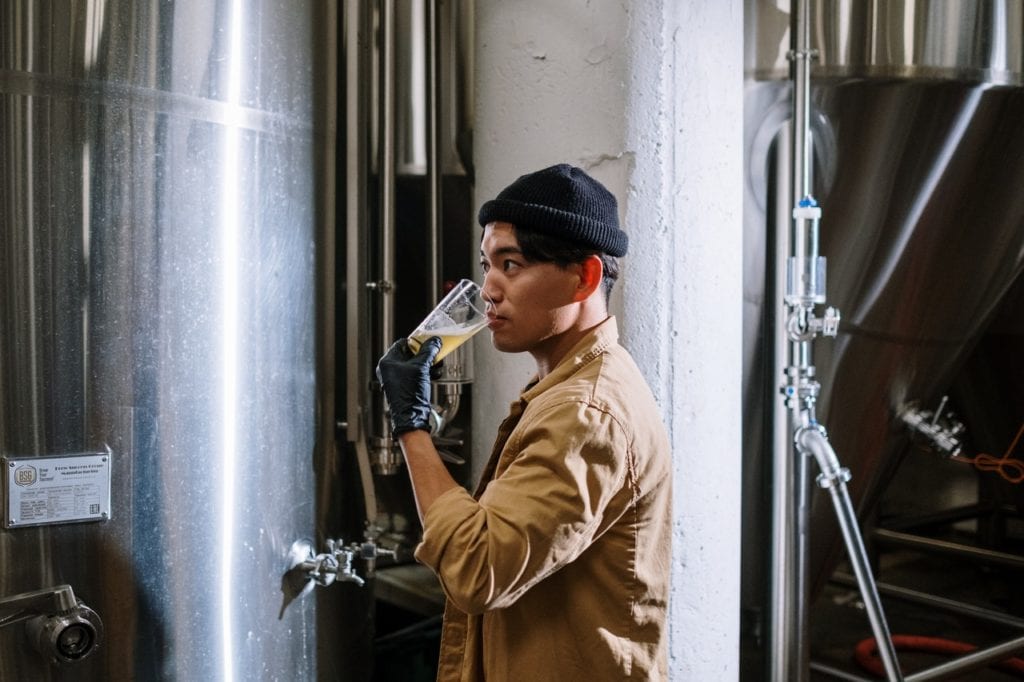





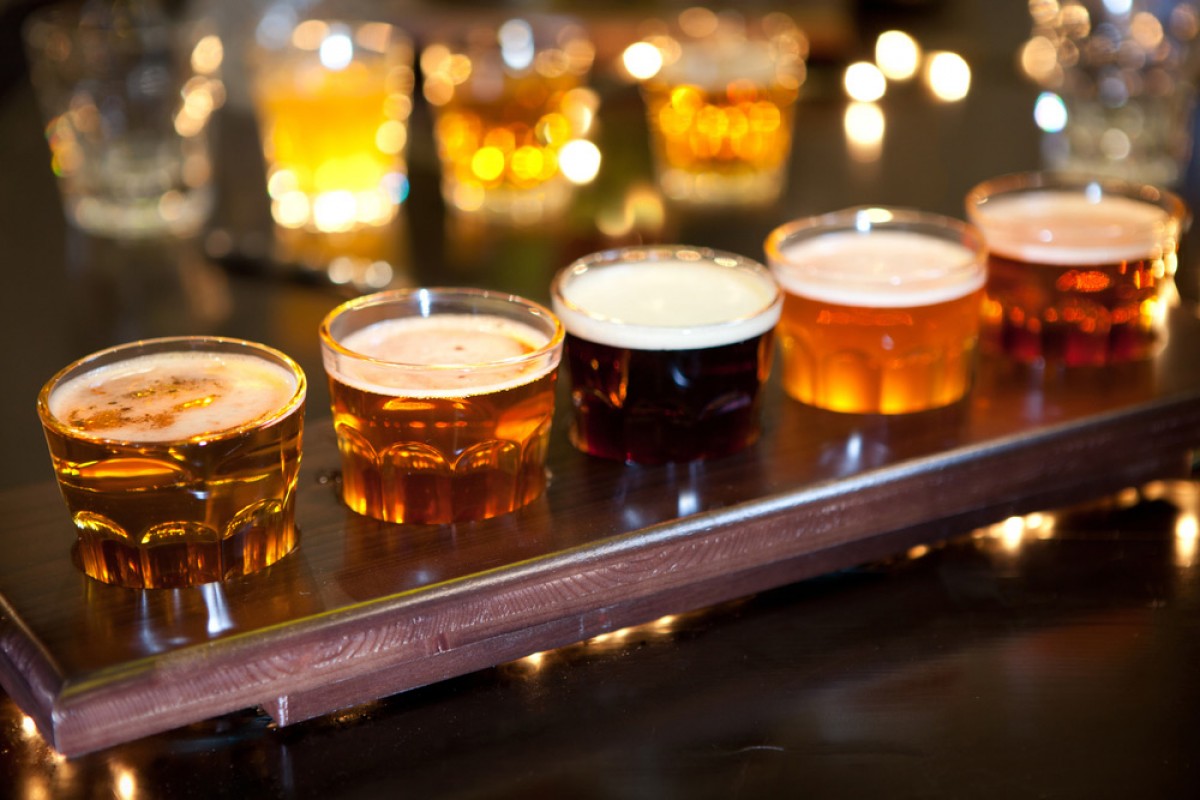

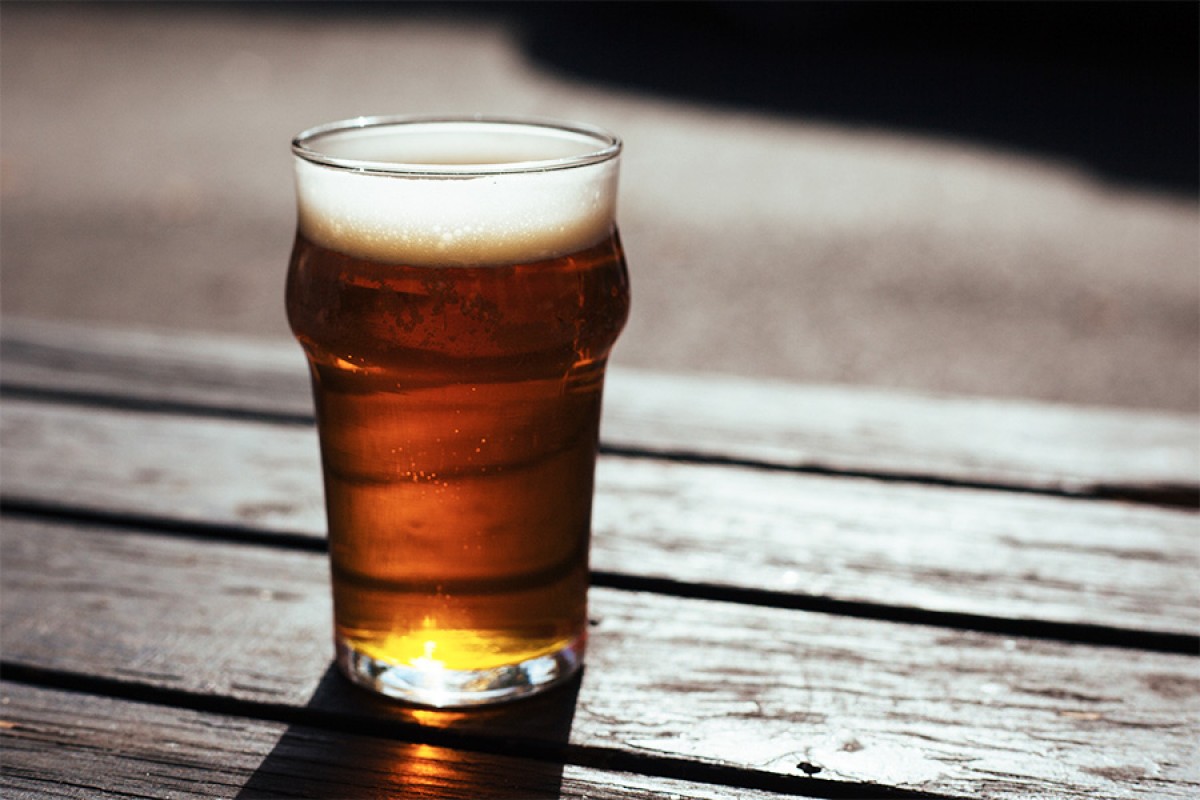
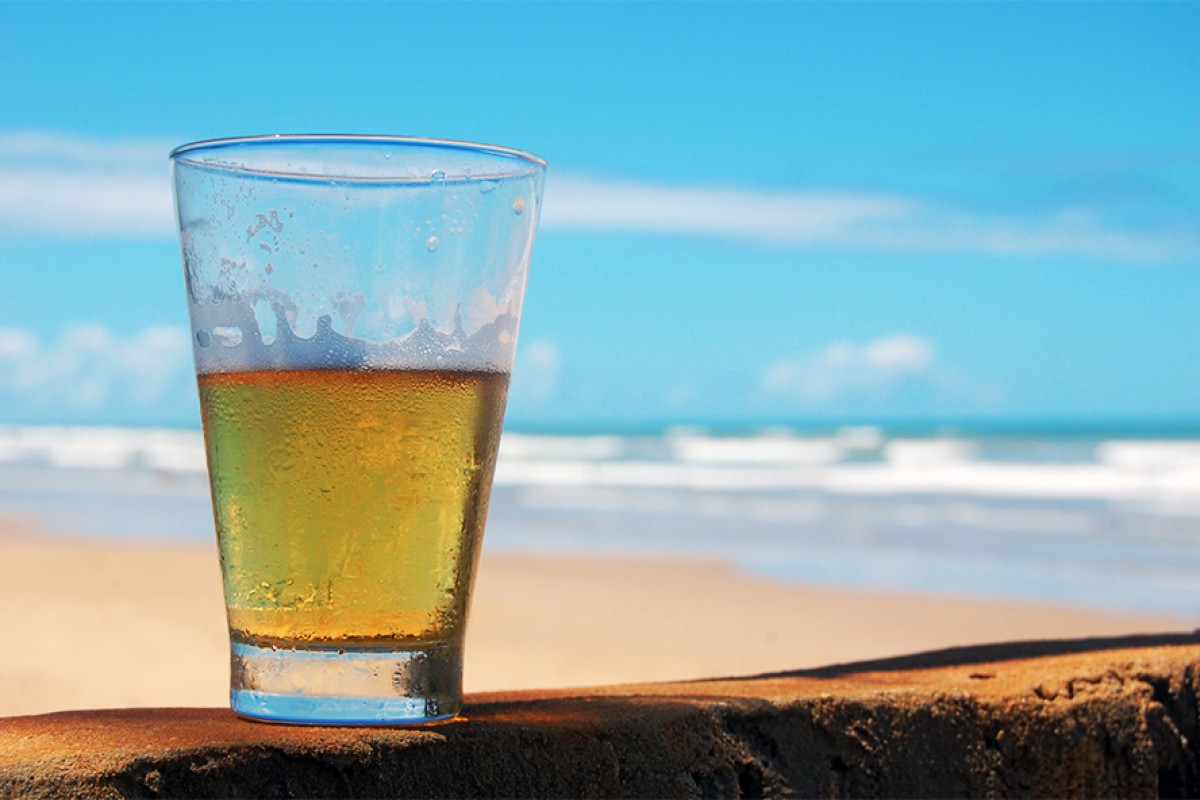
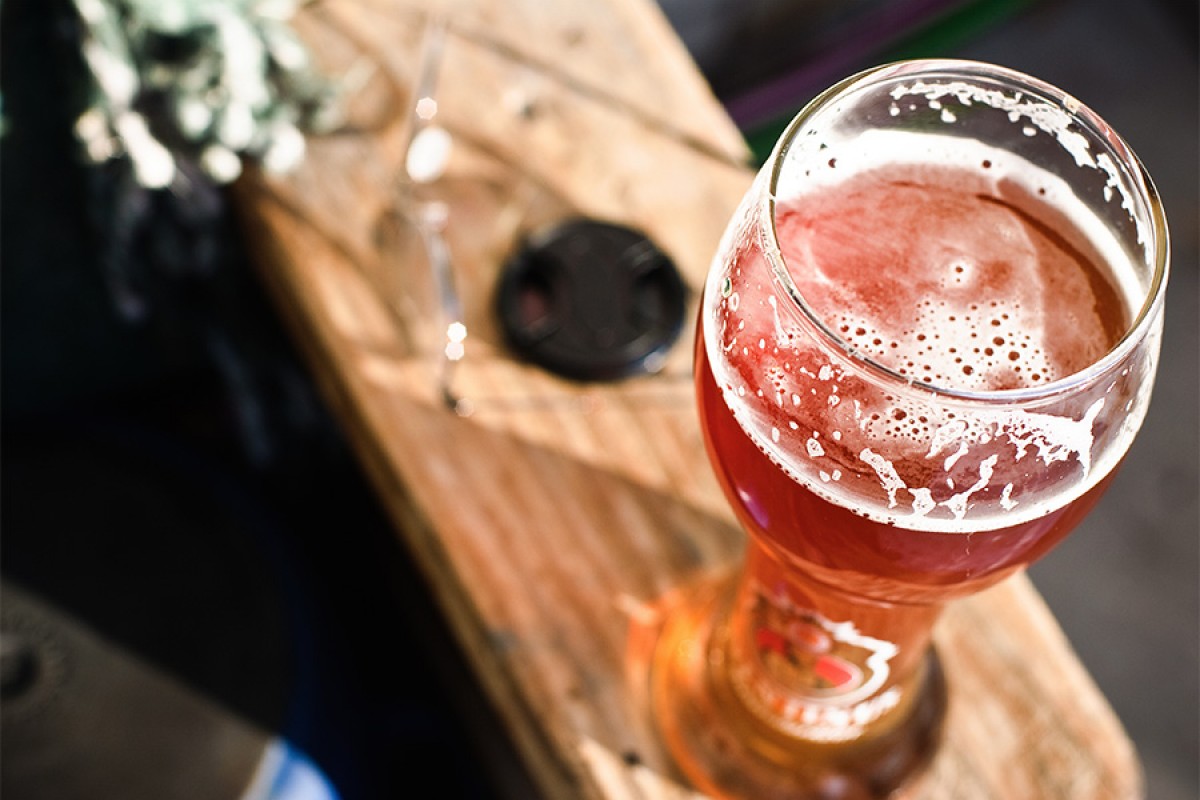


No Comments Yet!
You can be first to leave a comment